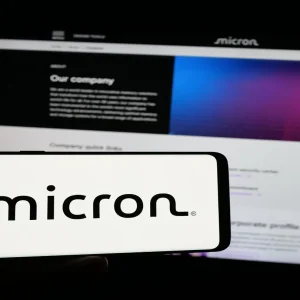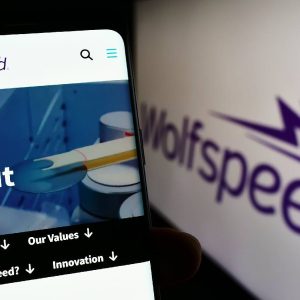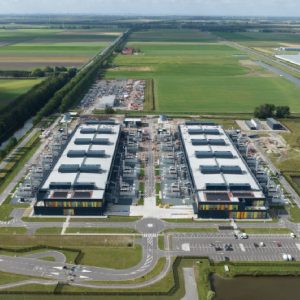
Romonet is a privately-held British firm that offers predictive modeling tools for building total cost of ownership (TCO) financial models for data centres and IT operators.
How did the idea for Romonet come about?
I had been working at Cable and Wireless which had done a vast number of acquisitions in the managed services space – basically doing cloud before it was called cloud. But we found that while some were profitable and some probably weren’t, it was very difficult to calculate which was which. There were lots of very similar products at different price points.
I asked Liam [Newcombe, Romonet co-founder and CTO] to work out which were profitable – I didn’t realise then the black hole that he would disappear into. When he did come back, he said we’ll probably never know, which surprised me. The problem was that costs were shared amongst many clients so it all gets very complicated very quickly. But he kept working on it, and it took him a good two years. He then came back and showed me the most complicated spreadsheet I have ever seen. What we needed to do was take that spreadsheet, simplify it and make it useful to all service providers and data centre operators.
Presumably the nature of capital expenditure in IT has changed since then?
Yes the dynamic of costs in IT services has changed. It used to be that the capital expense up-front, for example for a mainframe, was the big cost, and it was easily sliced up according to who used the resource. But as hardware has been commoditised thanks to people like Intel, there’s now very little up-front cost – now it’s all about the operation and management. And the primary source of cost is actually energy. The price of energy has gone up in most regions and it’s also more volatile.
All these things mean that allocating cost is far more difficult. So we’ve been busy turning the world’s most complicated spreadsheet into something usable. Of course software is very good at calculating very complicated problems. We launched our suite at the end of last year, although some elements have been on the market for several years.
Why is more accurate TCO calculation so important?
The difference between guessing TCO and having an accurate prediction of TCO can be hundreds of millions of dollars in large enterprises and large service providers. Our software allows them to understand the forces impacting TCO, for example in the data centre the power, air conditioning, hardware, network, storage, applications, as well as the cost of capital and the human cost. Any and all costs go into the model.
Do you also use instrumentation in the data centre – energy meters and the like?
No, there are no instruments or agents, it’s an independent model. Because all the data is in a model you can do ‘what if’ modeling, for example what happens to my TCO if there is an 8% rise in energy costs, or if I refresh my hardware, or staffing costs come down. You can see the impact very quickly and there’s no other way to do this with speed and accuracy.
For our clients it’s all about margin. For example if I’m a service provider I can see which clients are producing what margin. You might find that some negative margin clients are being subsidized by others that have a good margin.
Are any of your clients exposing what they find to their own customers to justify pricing?
That’s starting to happen. Ark Continuity and Compass Datacenters have started to expose that data back to their clients – they’re forward thinking enough to realise that if they are transparent about pricing it makes it easier for CIOs to justify their investment in them. CIOs know that service providers need to make money to stay in business, but they can also see that they are not paying unduly high charges.
Do you tend to sell to the CFO or the CIO in large enterprises and service providers?
We tend to go to the CFO first and the CIO usually comes in on the recommendation of the CFO. A number of CFOs have said what we do is like the Holy Grail of TCO. It’s becoming harder and harder for IT costs to be unaccountable: IT as a percentage of total costs is going up, with IT accounting for 28% of total costs in the typical enterprise, according to Gartner. CFOs are giving CIOs a harder time, and our software helps CIOs justify their spending to the business. If they don’t know their real costs it’s almost impossible to show value.






